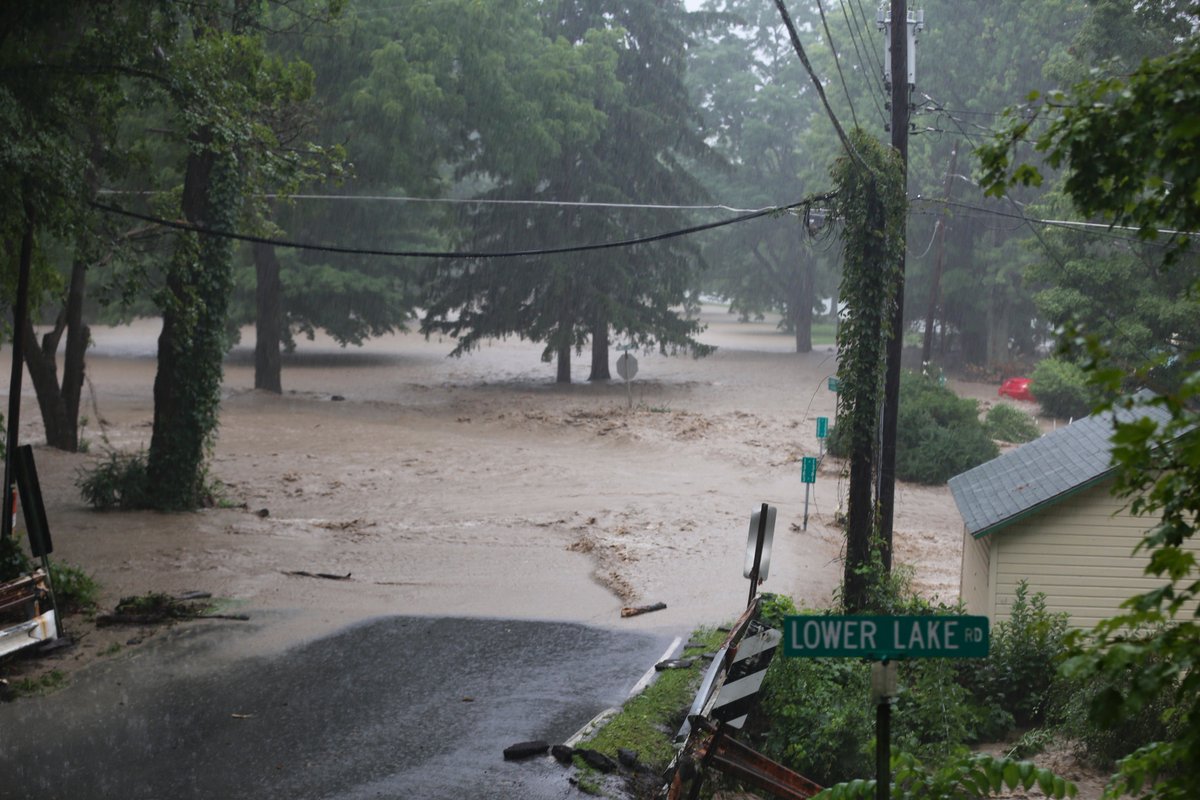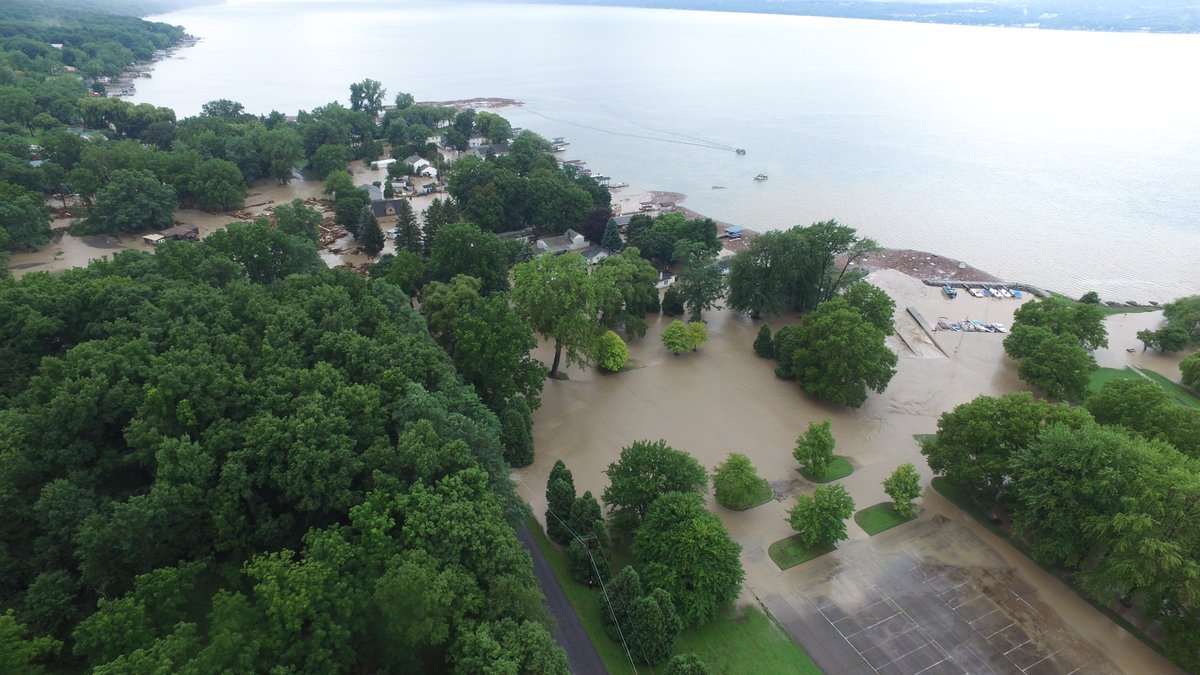It has been more than a year since devastating, historic flooding leveled Lodi Point and severely damaged other parts of South Seneca.
Governor Andrew Cuomo visited the Point the day of the historic rains, which totaled more than 9-inches, according to the National Weather Service.
State lawmakers, locally elected officials, and stakeholders alike worked together to bring resources into Lodi, Covert, Ovid, and other impacted areas around the epicenter of the disaster.
That flooding occurred in August 2018; and now entering September 2019 – progress feels like it didn’t come to fruition.

“There is no single-state of recovery,” explained Lodi Town Councilman Paul Batman. “Some people have barely made any progress. Those are the ones who got flooded out and are not rebuilding.”
Batman says that most people impacted by the flooding did not have flood insurance. That amplified challenges associated with recovery. To make matters worse, officials in Lodi say that the promise of state and federal funding was ‘confusing’ to local residents.
“The promised financial support from FEMA and New York State was confusing, and unavailable for businesses and second home owners,” Batman added. “Even then it was handed out in small enough amounts to not make much of a difference.”
Town Supervisor Lee Davidson says that residents were promised funding from various sources – including $50,000 from Catholic Charities. However, those funds were not attainable if residents did not have flood insurance.
It was another instance of the ‘flood insurance’ issue cropping up, which has been common.
Rating recovery on a 1-10 scale – Batman says that Lodi is at a 7- in the ‘best case scenarios’. Other parts of Lodi remain at a 1- despite cleanup efforts, which have long been completed. “Many people are still recovering financially, or just haven’t finished their recovery efforts because of the enormity of the task at hand.”
Both Supervisor Davidson and Councilman Batman say another instance of flooding over the summer prompted new concern.
“It’s not fixed,” Davidson bluntly stated. “If we get a big rain Mill Creek is going to flood again.”
Davidson explained that Mill Creek was altered after the 2018 flood by New York State. The Department of Environmental Conservation took advice of engineers, who worked on a fix.
“We didn’t have those issues before 2018. We don’t know what’s going to happen if we get another big rain,” Davidson added.
In 2018, both Mill Creek and Blackwell Creek exceeded their banks. On July 6th, Blackwell spilled over again. This time with lesser-outcomes – but there were still residents dealing with water on, or in, their property.

Here’s the thing, though: Significantly less rain fell on July 6th compared to August 2018. In fact, it was less than 3-inches of rainfall that caused the new flooding along Blackwell Creek.
Supervisor Davidson says the Town’s Highway Department responded, and worked to address a culvert, which was believed to be the problem. He said the DEC responded by noting that Lodi overstepped, and should not have made changes.
Councilman Batman believes he knows why both are exceeding their banks on such a regular basis. It’s tied to the way agriculture has been managed in the area for the last 50 to 60 years. “New York State and the Federal Government have supported agricultural practices that channel excess surface water to local creeks through drainage tiles,” he explained. “They took out hedge rows, too, and the Mill Creek stream bed can no longer accommodate the amount of runoff water being channeled in its direction.”
Officials note that there isn’t anything holding back progress in Lodi. Except for the state’s apparent unwillingness to step up. “The biggest opportunity for meaningful recovery is that it have a context of broad-based long-term solutions,” Batman added. “This will all necessitate coordinating active efforts to remediate decades of changes in the features of the Seneca Lake Watershed. “Those changes, for a variety of reasons, have come from human behavior and have created an unhealthy, unbalanced watershed ecosystem.”
“The state has not been doing enough. The money is scarce, difficult to apply for, and full of unwarranted stipulations,” Batman added. “For example, my understanding is that businesses were not eligible for any of the disaster relief funding. At least that’s what one business owner told me. Also, there is no one person in the state bureaucracy to speak with about flood relief. I spent two weeks, several hours, and filled six pages of notes just trying to find out who had a path for us to follow.” Batman added, speaking to those ever-present issues around securing recovery funds.
In the meantime though, those local officials expected to negotiate the Town’s budget will have to do so with less property than has been present in past years. “We’re losing tax base to those woh can’t recover,” Supervisor Davidson concluded.
– Reporting by Josh Durso
Host of Inside the FLX and Sunday Conversation available on Spotify, Apple Podcasts, YouTube, Tune-In, and Anchor. Send story ideas, questions, and comments to [email protected].
This content is brought to you by the FingerLakes1.com Team. Support our mission by visiting www.patreon.com/fl1 or learn how you send us your local content here.

